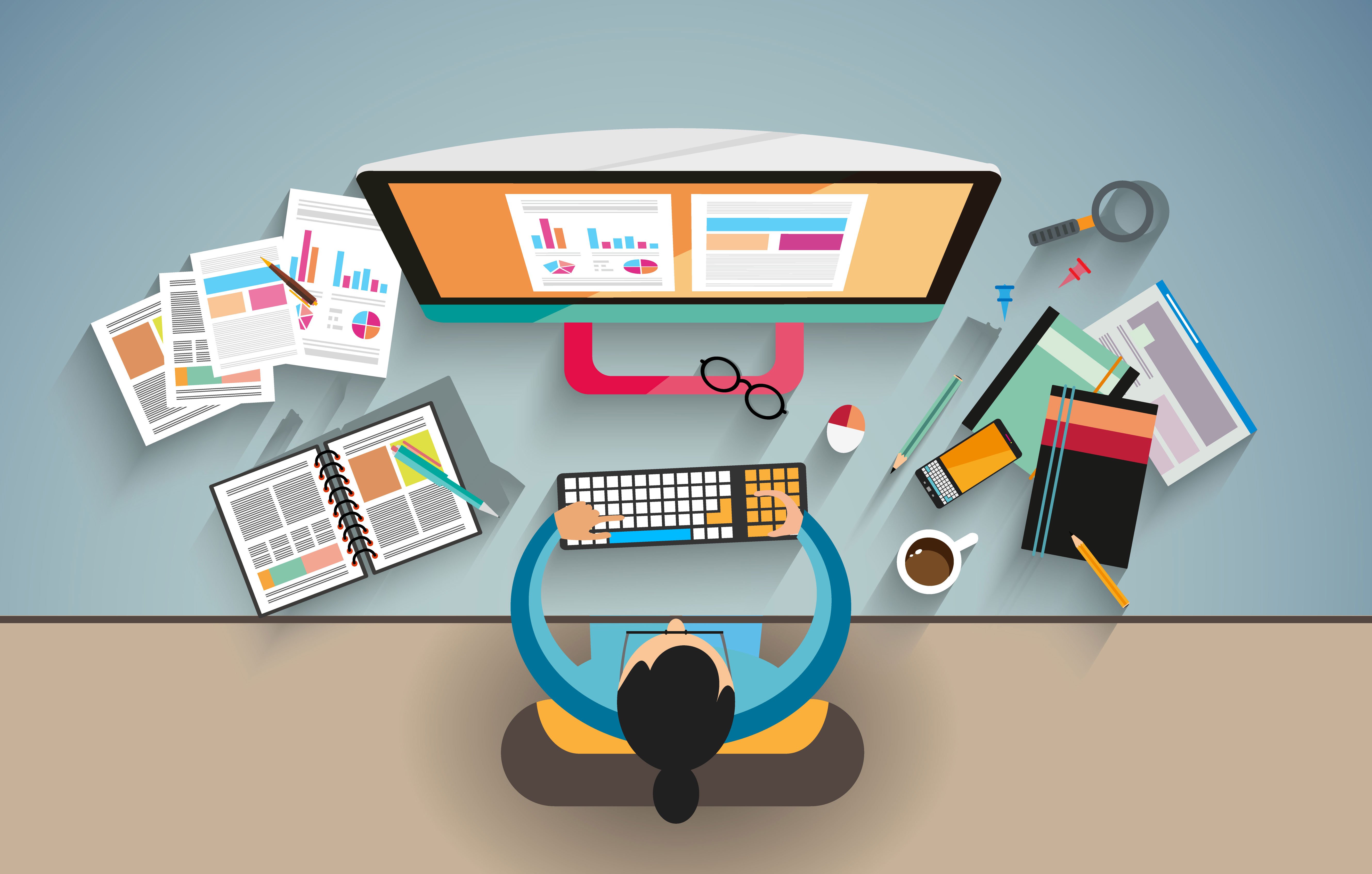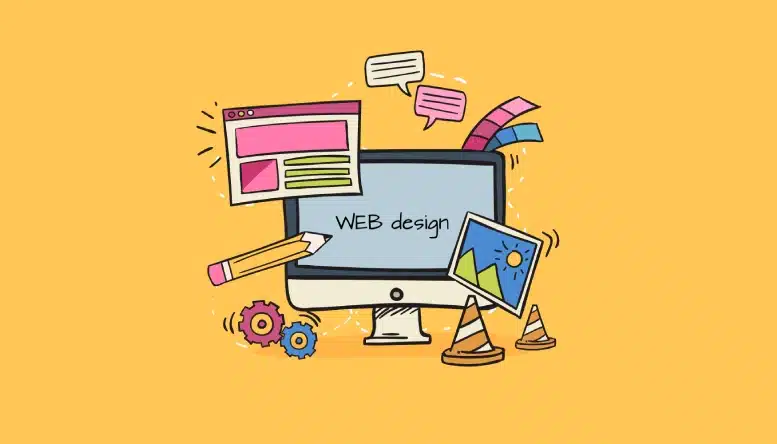Professional Aligned Position Web Design: Custom Websites Tailored to Your Business Needs
Professional Aligned Position Web Design: Custom Websites Tailored to Your Business Needs
Blog Article
The Most Effective Sorts Of Website Design to Boost Individual Experience and Involvement
In the ever-evolving landscape of electronic communication, the efficiency of website design considerably affects customer experience and engagement. Different style strategies, such as minimalist, receptive, and interactive layouts, each offer one-of-a-kind advantages that can satisfy varied user requirements. Recognizing which sorts of Web style ideal offer these goals can be essential for companies intending to boost customer fulfillment and retention. The question remains: which style aspects absolutely reverberate with users and foster meaningful engagement? The exploration of these principles exposes essential understandings that might redefine your approach to website design.
Minimalist Website Design
As electronic landscapes come to be increasingly cluttered, minimalist Web design has become a powerful method to boosting user experience. This design viewpoint prioritizes simpleness, concentrating on important aspects while getting rid of unnecessary distractions. By making use of enough white room, simple navigation, and a limited shade scheme, minimalist design fosters quality and routes individual interest to key material.
The core principle of minimalist Web layout is to develop a smooth communication for customers. By lowering cognitive lots, customers can quickly understand information without really feeling bewildered. This straight strategy not just enhances use however additionally motivates engagement, as site visitors are more probable to check out a site that is very easy and aesthetically appealing to browse.
Additionally, minimalist layout often highlights typography and imagery, making use of these elements tactically to share messages properly. In significance, minimal Web design is not just a pattern; it is a thoughtful methodology that identifies the significance of user-centered style.
Receptive Web Design
In today's diverse electronic setting, responsive website design has actually come to be vital for developing a smooth user experience throughout a multitude of devices. As individuals access web sites on mobile phones, laptop computers, desktops, and tablets, the capacity of a website to adjust its design and material to different screen sizes and resolutions is important.
Responsive Web design utilizes versatile grids, photos, and CSS media queries to ensure that Web material exists optimally, regardless of the tool made use of. This strategy not just enhances the visual appeal of a website yet likewise dramatically enhances functionality. Users are more probable to engage with a site that supplies a regular experience, as it gets rid of the stress of needing to focus or scroll excessively.
Furthermore, internet search engine, consisting of Google, focus on mobile-friendly sites in search positions. By embracing receptive design, organizations can enhance their visibility and get to a broader target market. This technique additionally simplifies website maintenance, as a solitary version of the website can satisfy all tools, minimizing the need for numerous versions. In recap, responsive Web style is a fundamental technique that enhances customer experience, interaction, and overall contentment.
Interactive Website Design
Receptive Web design lays the foundation for boosting user experience, however interactive Web design takes this an action further by engaging users in a much more dynamic method - Aligned Position Web Design. By including aspects such as computer animations, clickable prototypes, and real-time feedback, interactive website design astounds customers, drawing them into a richer browsing experience
This technique not just cultivates involvement but also motivates individuals to discover material actively rather than passively consuming it. Methods such as gamification, where customers gain rewards for completing jobs, can substantially improve the time invested on a site and improve overall complete satisfaction. Additionally, interactive functions important source can simplify intricate information, making it more digestible and enjoyable.

Incorporating interactive style elements can likewise bring about higher conversion rates, as customers are most likely to engage with a website that actively includes them. Aligned Position Web Design. Ultimately, interactive website design transforms customer experiences into unforgettable journeys, ensuring that site visitors return time after time
Flat Style
Identified by its minimalistic approach, flat style stresses simplicity and performance, removing unneeded aspects and concentrating on crucial attributes. This layout philosophy focuses on use, ensuring that users can navigate interfaces easily and efficiency. By using a tidy visual, level style gets rid of the mess usually found in extra luxuriant styles, thereby enhancing user concentrate on web content and performance.
The trademark of flat design hinges on its use strong colors, simple typography, and geometric forms. These components add to a visually appealing interface that is both approachable and contemporary. Additionally, flat layout cultivates a feeling of clearness, enabling users to determine crucial activities and details without disturbance.
Furthermore, flat layout is especially reliable in receptive Web style, as its simplicity translates well across different tools and screen dimensions. By concentrating on important attributes, flat design not only fulfills user requirements but also urges seamless communication, making it a vital element of reliable Web style strategies.
Flexible Web Style
Adaptive Web style tailors the user experience by developing multiple taken care of formats tailored to various screen dimensions and tools. Unlike responsive style, which fluidly readjusts a single format, adaptive design utilizes unique formats for particular breakpoints, ensuring optimal presentation on numerous systems. This strategy permits developers to concentrate on the one-of-a-kind characteristics of each device, enhancing usability by delivering precisely what users need based on their context.
One of the primary advantages of flexible Web design is its ability to optimize load times and performance. By offering customized material and pictures that fit the user's device, internet sites can minimize their explanation information usage and enhance loading speeds. This is especially useful for individuals with slower connections or limited information strategies.

Furthermore, flexible design promotes a much more regulated and consistent branding experience. Because developers develop multiple designs, they can ensure that the visual components line up with the brand's identification across various platforms - Aligned Position Web Design. This causes a cohesive individual experience, boosting interaction and advertising user retention
Final Thought
To conclude, the combination of minimal, receptive, and interactive Web style principles significantly boosts user experience and involvement. Minimal design promotes quality and focus, while receptive layout guarantees versatility throughout various gadgets, advertising ease of access. site web Interactive style mesmerizes individuals with vibrant aspects, motivating expedition and customization. Jointly, these style comes close to add to the production of straightforward settings that not just boost satisfaction but also drive greater conversion prices, highlighting their important value in contemporary website design techniques.

Minimal style cultivates quality and emphasis, while receptive layout ensures adaptability across different tools, promoting ease of access. Jointly, these layout comes close to add to the creation of easy to use environments that not just boost complete satisfaction however also drive higher conversion rates, highlighting their essential importance in contemporary Web style techniques.
Report this page